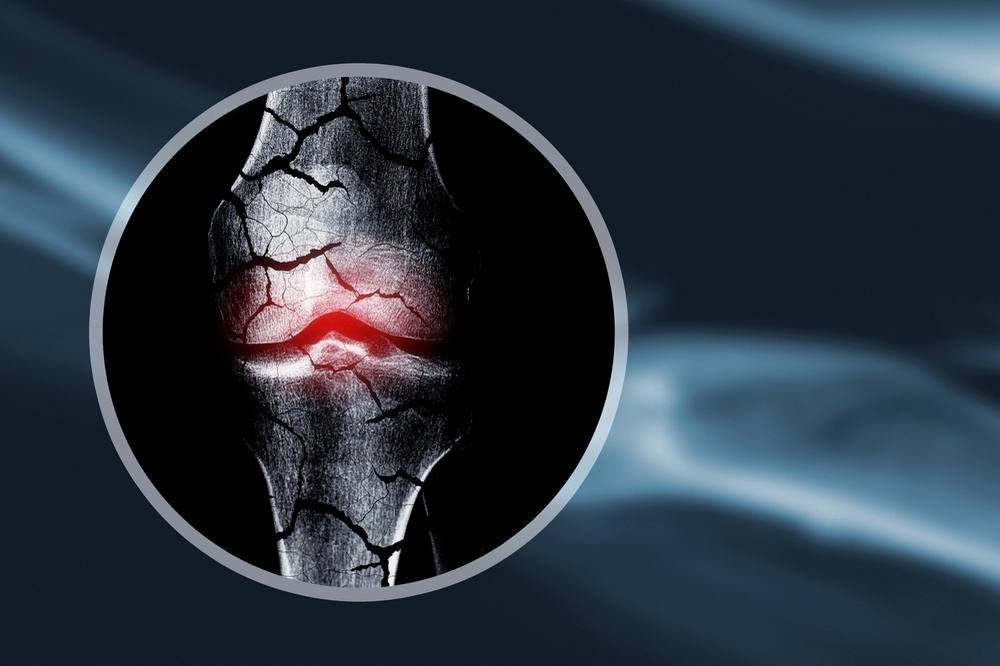Diagnosis of Bursitis

Diagnosis of bursitis is typically based on a physical exam and medical history. X-rays may also be ordered to help determine the cause of the bursitis. These tests can help identify any underlying causes of bursitis. (5)
Medical history
One of the best ways to diagnose bursitis is by taking a medical history. This includes asking questions about any recent injuries or infections that may have occurred. It may also be necessary to ask about any underlying medical conditions that may be contributing to the bursitis.
Physical examination
Physical examination is often used to help diagnose bursitis. During this exam, the doctor will look for swelling and redness in the area around the bursa. The doctor may also ask about any history of injury or recent surgery in that area. If bursitis is suspected, the doctor may order other tests such as an x-ray or MRI to confirm the diagnosis.
Ultrasound
Ultrasound is a valuable tool in the diagnosis of bursitis. By using ultrasound, a healthcare professional can see the inflamed bursa and determine the extent of the inflammation. This information can help to guide treatment decisions. Ultrasound is also helpful in ruling out other conditions that may cause similar symptoms.
Xray
Xray technology is commonly used to help diagnose the presence of bursitis. A doctor may order an xray if they are concerned about the swelling and pain around a bursa. Xrays can help identify whether there is an infection or other problem in the area. If a foreign object is present, such as a piece of metal or glass, an xray can help determine its location.
MRI
MRI technology has come a long way in recent years. One application for which MRI is particularly well-suited is the diagnosis of bursitis. Because MRI can provide clear images of soft tissues, it is often used to diagnose this condition. MRI can also help identify the source of the inflammation, which may be due to an infection or other underlying problem.
Lab tests
While the cause of bursitis can often be difficult to determine, lab tests can help to identify the underlying cause and guide treatment. Lab tests that may be used to diagnose bursitis include blood tests and joint fluid analysis. By identifying the cause of bursitis, lab tests can help to ensure that appropriate treatment is administered.
Blood tests can help to make a diagnosis by identifying the presence of certain markers that indicate inflammation. This information can help your doctor to determine whether bursitis is the cause of your symptoms and, if so, which type of bursitis you have.
Joint fluid analysis
Joint fluid analysis may also be used to help diagnose bursitis. Joint fluid is collected by inserting a needle into the affected joint and aspirating (removing) the fluid. The sample is further analyzed for signs of inflammation and infection. Joint fluid analysis can help to distinguish between bursitis and other conditions that may cause similar symptoms, such as arthritis or tendinitis.
